The automobile air conditioning system is a device for realizing refrigeration, heating, ventilation and air purification of the air in the cabin, and can provide a comfortable riding environment for the passengers, reduce the fatigue strength of the driver, and improve driving safety. Today, air-conditioning units have become one of the hallmarks for measuring the completeness of a car's function. ON Semiconductor has been committed to meeting the increasingly demanding needs of automotive air conditioning, and continues to improve the safety, reliability and fuel economy of automotive air conditioning systems with superior products.
This article refers to the address: http://
Automotive air conditioning system structure and power supply requirements
Modern automotive air conditioning systems consist of refrigeration systems, heating systems, ventilation and air purification devices, and control systems. The green part of Figure 1 is a variety of devices that ON Semiconductor provides for automotive air conditioning systems.
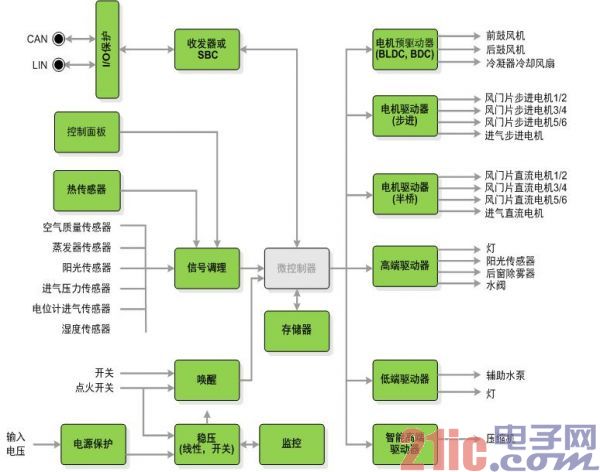
Figure 1: Devices from ON Semiconductor for automotive air conditioning systems (green box)
The typical power supply architecture of automotive air conditioning systems is for microcontrollers (MCUs, also known as "microcontrollers"), sensors and other onboard control chips, LED power. Usually, the current consumption of the MCU is generally less than 50mA; the required current of the damper position sensor, light sensor, temperature sensor, etc. is also less than 50 mA; on-board control chip, such as A/D chip, bus and serial or op amp; The current consumption of the LEDs displayed by the backlight and buttons depends on the number of buttons and the overall brightness, which is usually related to the microcontroller. Therefore, the current of the entire system is generally within 150mA.
24 V system power supply needs to consider high voltage products to meet thermal management requirements, as well as power efficiency and cost control issues. There are two kinds of structures, one is 24 V power supply through high-power TVS (transient voltage suppressor), converted from low-dropout regulator (LDO) to 5 V, while powering the motor drive, TVS can be used to prevent vulnerability The attacked circuit is affected by electrical overstress and rapid overvoltage; the other is that the 24 V supply is stepped down to 12 V via the higher cost DC/DC, converted to 5 V by the LDO and powered by the motor drive.
The 12 V system power supply is powered by the LDO for the MCU, sensors, and other devices, and is directly powered by DC motors and stepper motors. The 12 V system is considered for system cost, low quiescent current (Iq), and package. LDOs for automotive air conditioners include NCV4264-2, NCV8660B, NCV8664, NCV8669, NCV4269A, NCV4279A, NCV4299, NCV4299AD, NCV4266, NCV8501, NCV8502, NCV2931, NCV8768, and NCV8769.
ON Semiconductor also offers voltage followers that provide full protection for the sensor, such as the NCV8184. This is a monolithic LDO follow regulator that provides an adjustable buffered output voltage that closely matches the reference input voltage (accuracy up to ±3 mV). The device's output current capability (Iout) is 70 mA, with a typical voltage drop of only 0.35 V at 50 mA; quiescent current is only 70 μA with an enable pin.
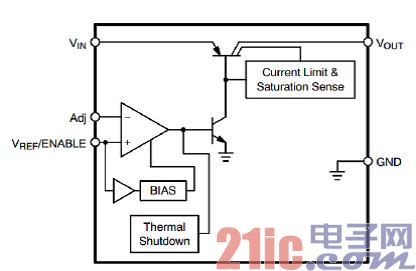
Figure 2: Voltage follower block diagram
Rich automotive air conditioning system drive solution
The main components driven by automotive air conditioning systems are damper actuators, intelligent high and low sides, blowers and LEDs.
Damper actuator drive
The topology of the damper actuator drive varies with the configuration requirements of different OEMs, including DC motors, unipolar stepper motors and bipolar stepper motors. The DC motor integrates a position sensor to feed back the damper position signal to the microcontroller. To control the forward or reverse rotation of a DC motor, two high-side (HS) switches and two low-side (LS) switches are required to form a full-bridge circuit. Typically, these high-side or low-side switches have been integrated with a variety of sophisticated protections such as overvoltage protection, overload protection, and overtemperature protection. A unipolar stepper motor requires four low-side switches, while a bipolar stepper motor uses four high-side switches and four low-side switches to drive.
The DC motor damper actuator has a normal operating current of approximately 100 mA and a maximum stall current of less than 450 mA. In addition, an H-bridge drive is required to change the direction of operation, as well as fault diagnostic reporting and on-chip protection. ON Semiconductor's NCV77xx series devices (such as the NCV7718) can be used to drive DC motor damper actuators. The NCV7718 is a 6-way half-bridge driver with high-low side connections and H-half bridge outputs.
The device uses 6 PMOS as the high-side driver and 6 NMOS as the low-side driver. It can provide 0.55 A continuous drive current and integrates a freewheeling diode. With a maximum power consumption of only 5 μA, the NCV7718 operates in forward, reverse, braking and high-impedance modes and is controlled by a 16-bit SPI interface with protection features specifically designed for automotive and industrial operation control applications, such as owing Pressure and overvoltage lockout, overcurrent shutdown, overtemperature protection, diagnostics, drive status, low load protection and fault reporting.
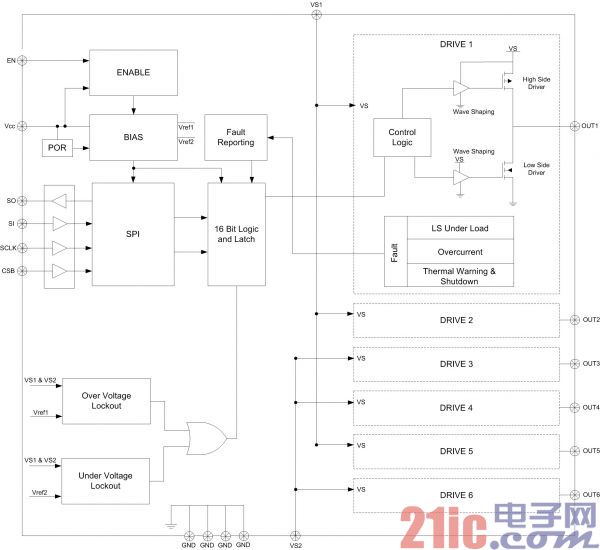
Figure 3: NCV7718 6-way half-bridge drive
ON Semiconductor also offers unipolar and bipolar stepper motor drivers for automotive air conditioning. Unipolar stepper motor drivers include the NCV7608 and NCV7240. The NCV7608 is an 8-channel high- and low-side configurable driver that provides 350 mA of drive current and perfect protection for each channel. The NCV7240 is an 8-channel low-side driver that provides 600 mA of drive current per channel and can be controlled with a 16-bit SPI interface. Complete protection functions (such as open circuit diagnostics, overload protection and over temperature protection). Both devices are available in SOIC28 and SSOP24 packages.
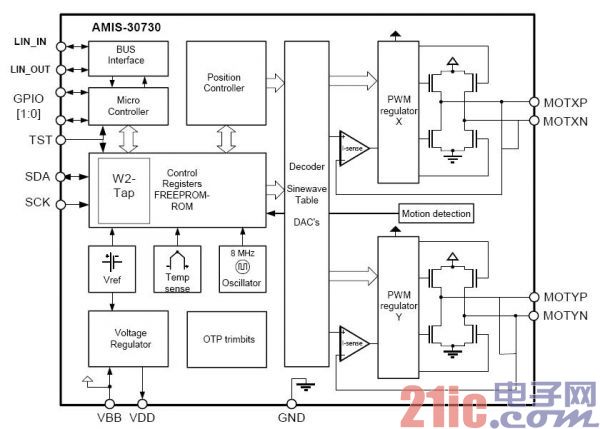
Figure 4: Automotive air conditioning bipolar stepper motor driver AMIS30730
Bipolar stepper motor drivers include the AMIS-30730 and NCV70501. The AMIS-30730 is a LIN interface single-chip intelligent stepper motor driver solution with a drive current of 300 mA and internal MCU, ROM, RAM, and EEPROM. The NCV70501 is an SPI interface stepper motor driver with a drive current of 300 mA. It can realize the low noise design of the intake damper. The internal register can be set to change the direction and number of steps of the motor.
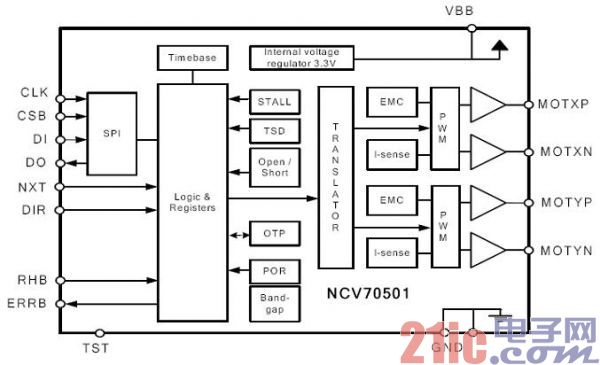
Figure 5: Automotive Air Conditioning Bipolar Stepper Motor Driver NCV70501
2. Intelligent high and low side drive
SmartFETs are high/low side drivers for external loads such as relays in central electrical boxes. These drivers themselves require additional protection features such as short-circuit protection, thermal shutdown (with or without automatic recovery), overvoltage protection, logic level control (direct microcontroller control), and ESD protection. ON Semiconductor's high/low side smart drive devices include low-side drivers such as NCV8440, NCV8440, NCV8401, NCV8402, NCV8403, and NCV8406, as well as high-side drivers such as NCV8450 and NCV8452. These devices are protected MOSFETs that add a variety of protection features and high-side or low-side drivers. For example, the NCV8452 high-side SmartFET has an on-resistance of 200 mΩ, an overvoltage protection rating of 41 V, and an output current limit of 1 A. It integrates a wide range of protection features such as short-circuit protection, overload protection, and over-temperature shutdown. And automatic restart, internal clamp diode overvoltage protection, ESD protection and logic level control.
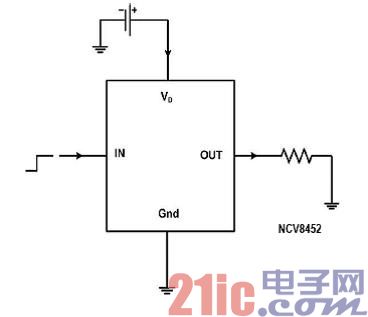
Figure 6: Block diagram of the NCV8452 high-side SmartFET
3. Blower drive
The blower drive includes a brushed DC motor and a brushless DC motor (BLDC). The brushed DC motor is PWM controlled and has a maximum operating current of 30 A, requiring a power MOSFET. Brushless DC motors require a pre-driver and power MOSFET. ON Semiconductor offers three-phase pre-drivers for brushless DC motors such as the LV8901, LV8902 and MC33033/5. ON Semiconductor also offers a range of power MOSFETs for blower drives such as NVB5860N/NL, NVMFS5830NL, NVMFS5832NL, NVB5404N, NVB5405N, NVD5802 and NVD5890N.

Figure 7: Three-phase motor pre-drive
4. LED driver
ON Semiconductor's LED drivers with constant current regulators (CCR) can be used to drive LEDs in automotive air conditioning applications. These include dual-ended adjustable output versions for low-noise systems and three-terminal adjustable output versions. These devices have built-in LED thermal protection that replaces low-cost LDOs and suppresses LED brightness variations due to voltage fluctuations, helping to reduce design and certification time. These low current CCR LED drivers include the NSI50010YT1G, NSI45015WT1G, NSI45020T1G, NSI45020AT1G, and NSI45020JZT1G.
Car bus transceiver and system base chip
Decentralized, distributed systems used in automobiles need to be interconnected through industry standard interfaces such as LIN, CAN and FlexRayTM. ON Semiconductor offers automotive bus transceivers that conform to these standard interface technologies, such as the NCV7321 LIN transceiver for automotive air conditioning. The device's maximum communication rate is 20 kbps, with high-voltage analog and digital functions, in line with European LIN physical layer specification version 2.1 and US SAE J2602-2 specifications, meets OEM requirements, and has excellent electromagnetic compatibility (EMC) performance, system ESD Protection capacity is up to 13 kV.
In terms of system-on-chip (SBC), ON Semiconductor offers a variety of integrated in-vehicle networks, power supplies (such as linear regulators, DC-DC regulators), monitoring (such as watchdog, SPI, status, interrupts) and I/O devices, such as the NCV7420 and NCV7425, both integrate a LIN transceiver with a 3.3 V or 5 V regulator with output current capability of 50 mA and 150 mA, respectively.
Automotive air conditioning is one of the core applications of ON Semiconductor in automotive applications. ON Semiconductor offers a range of products for automotive air conditioning applications, including power supplies, motor drives, SmartFETs and discrete devices. These devices have passed the automotive-grade product certification, which helps automakers meet the increasingly demanding requirements of automotive air conditioners and continuously improve the safety and fuel economy of automotive air-conditioning systems.

Pay attention to ON Semiconductor's official WeChat to learn more innovative and energy-efficient solutions
As LCD display in YFJ company that we usually use it to military grade battery ,especially Lithium-ion batteries ,for these battery applications ,we have obvious advantage is that we focus more on shor circuit protection which we follow the US military standard.
Short circuit protection:The following test shall be performed. Charge batteriesas specified in ; use of 4.6.3 is permitted. Measure and record the OCV. Short each battery across all the positive and negative terminals with a total external resistance not greater than 50 milliohms. After one hour remove the short from across the terminals. Measure and record the OCV. Stabilize batteries at the normal conditions of 4.3.1 for not less than 2 hours. Chargebatteries in accordance with 4.6; use of 4.6.3 is permitted. Stabilize batteries at normal conditions for not less than 2 hours, then discharge the battery in accordance with 4.7.2.3. The battery shall meet the requirements of 3.7.2.3.
Li-Ion Battery With Lcd Display
Charge voltage: 16.8V
Nominal voltage : 14.8V (4S7P)
Initial impedance : 120mΩ
Nominal capacity: 19.6Ah
Minimum capacity: 19.4Ah
Communication methods : SMBUS data communication
Electricity quantity show: LCD Electricity quantity show
Charge current: Standard Charging::0.2C5A (3.9A)
Rapid charge: 0.5C5A C(9.8A) Max
Standard Charging method : 3.9A(0.2C5A) CC(constant current)charge to 16.8V,then CV(constant voltage 16.8V)charge till charge current decline to ≤196mA(≈0.01C5A)
Charging time:Standard Charging: 6.5hours(Ref.)
Rapid charge: 3.5 hours(Ref.)
Max.discharge current: 9.8A(0.5C5A)
Discharge cut-off voltage: 10.0V
Cycle life (0.2C5A/0.2C5A) : 500 items,≧80%DOD; 300 times,≧80%DOD
Operating temperature : Charging: 0℃~45℃
Discharging:-20℃~+60℃
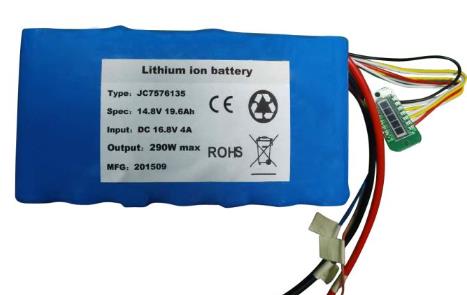
Li-ion Battery With LCD Display
Li-Ion Battery With Lcd Display,Battery Charger With Lcd Display,Battery Pack With Lcd Display,Rechargeable Battery Pack With Lcd Display
YFJ TECHNOLOGY (HK) CO.,LIMITED , http://www.yfjpower.com